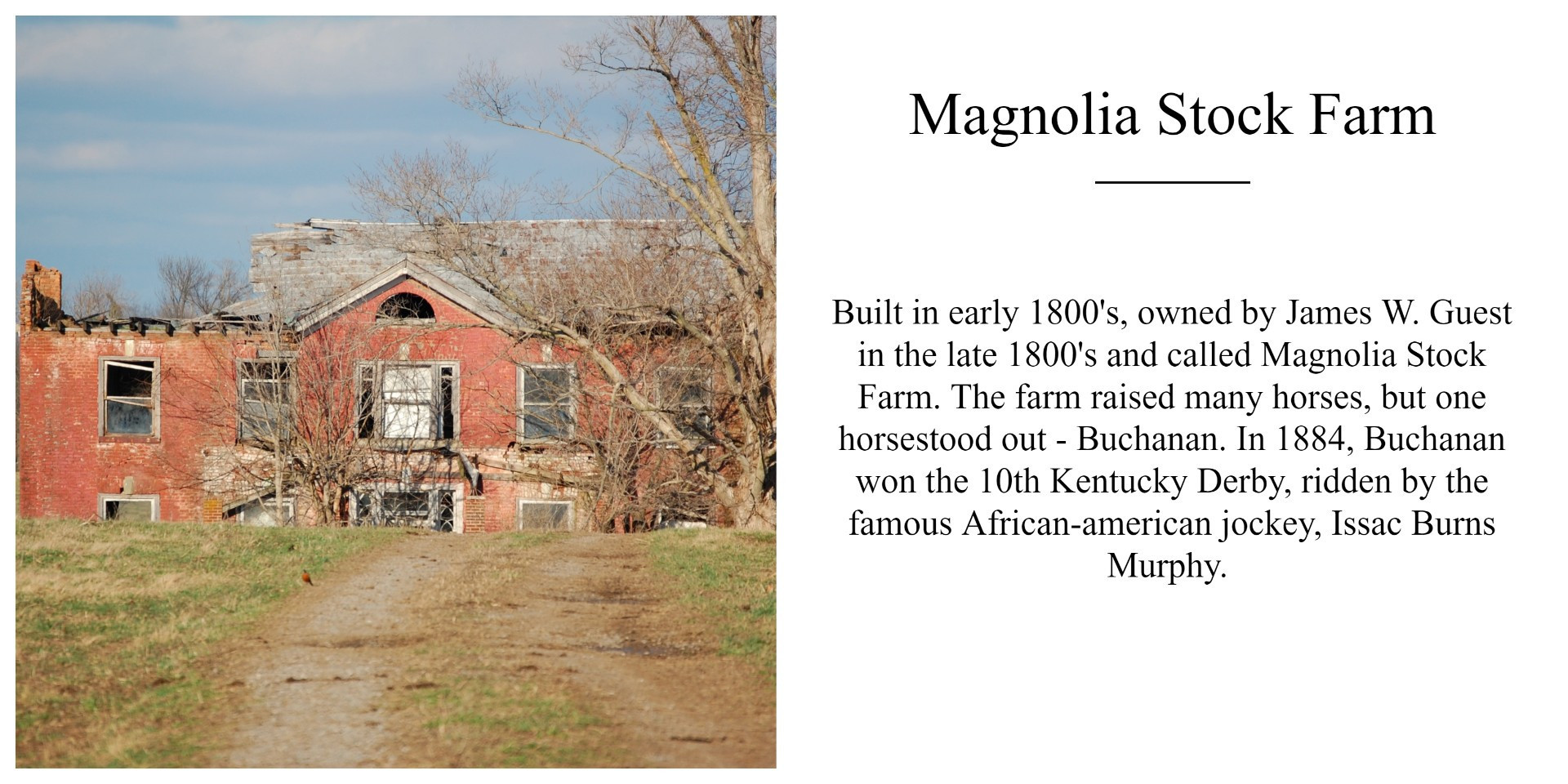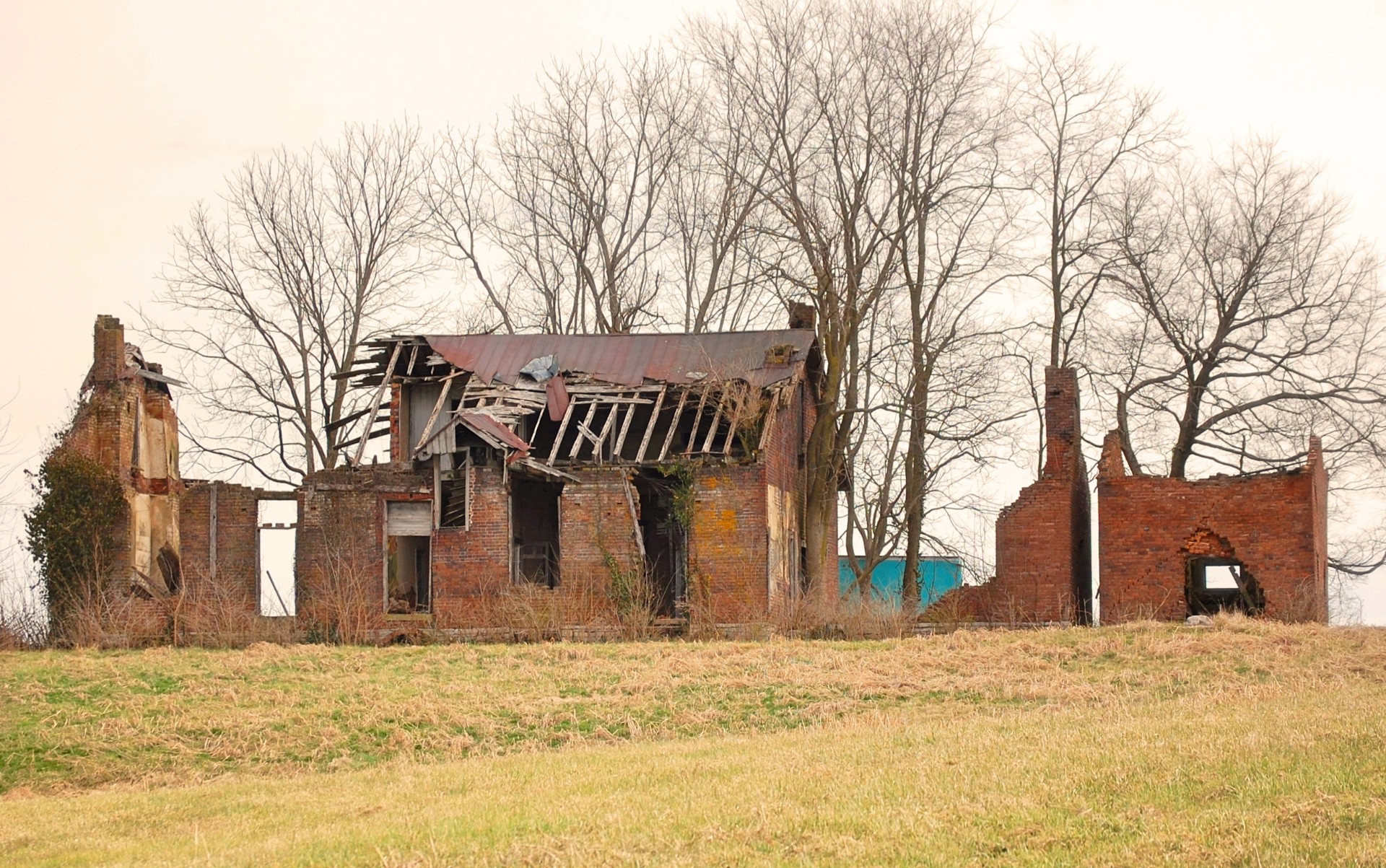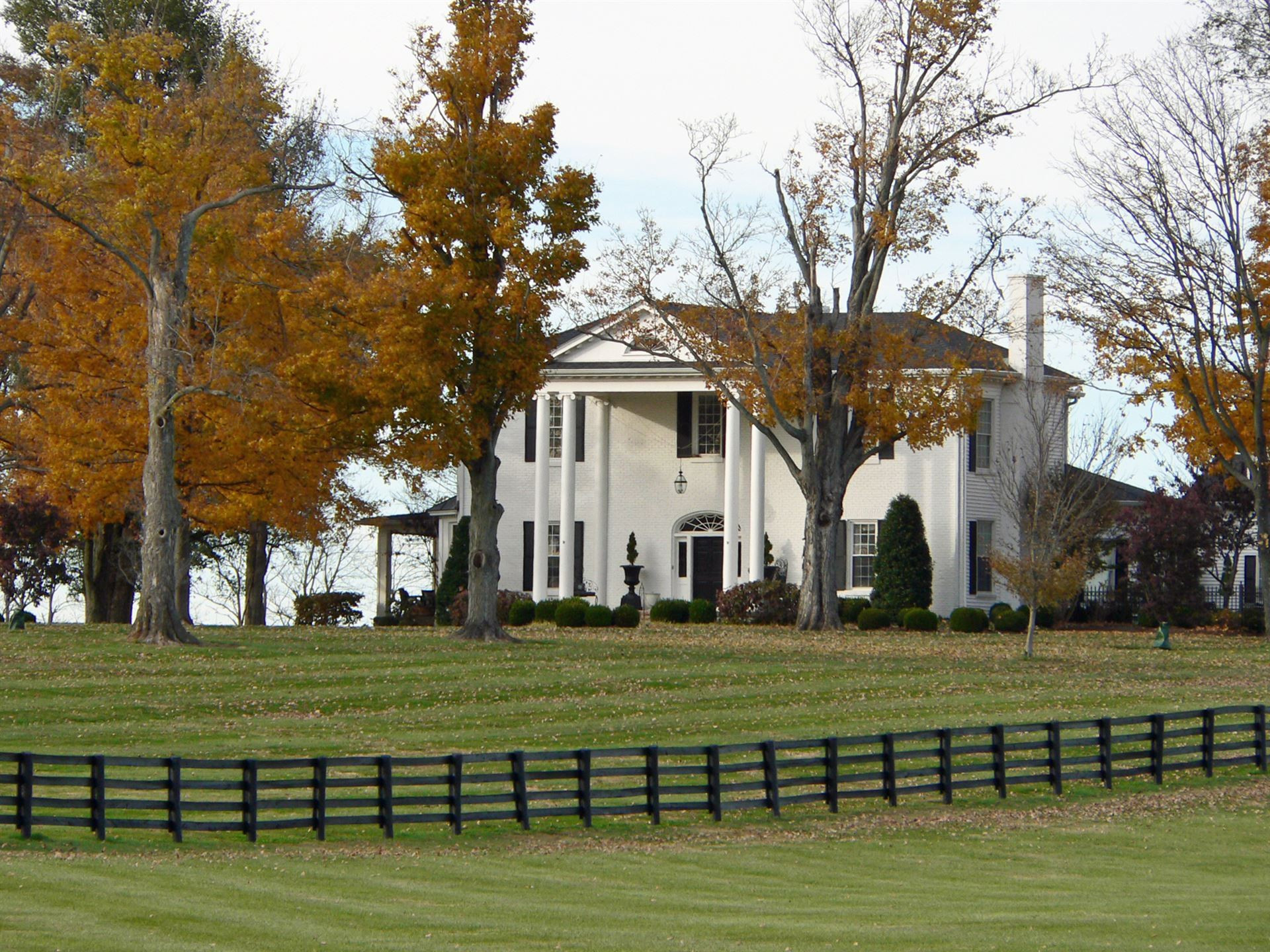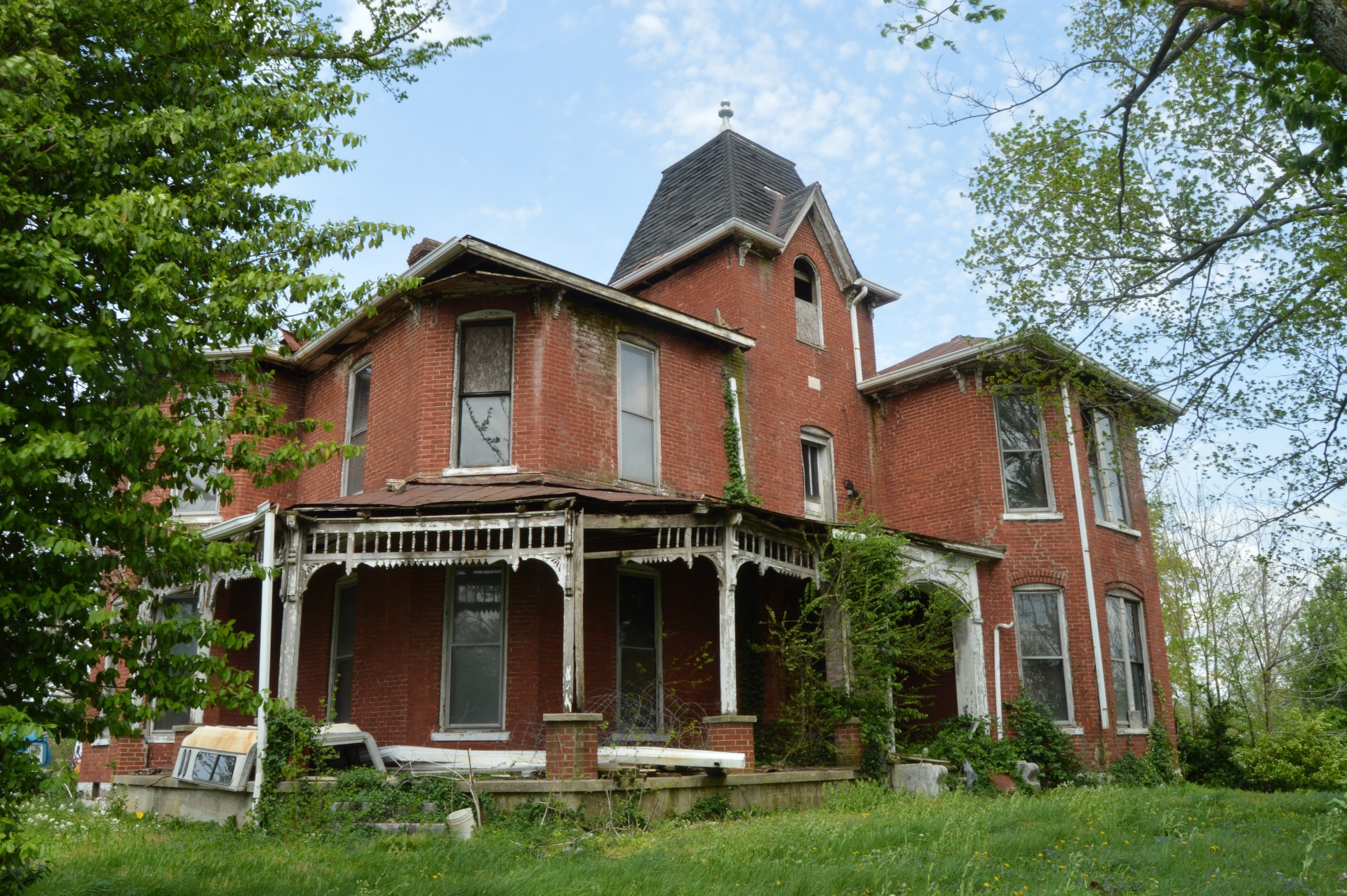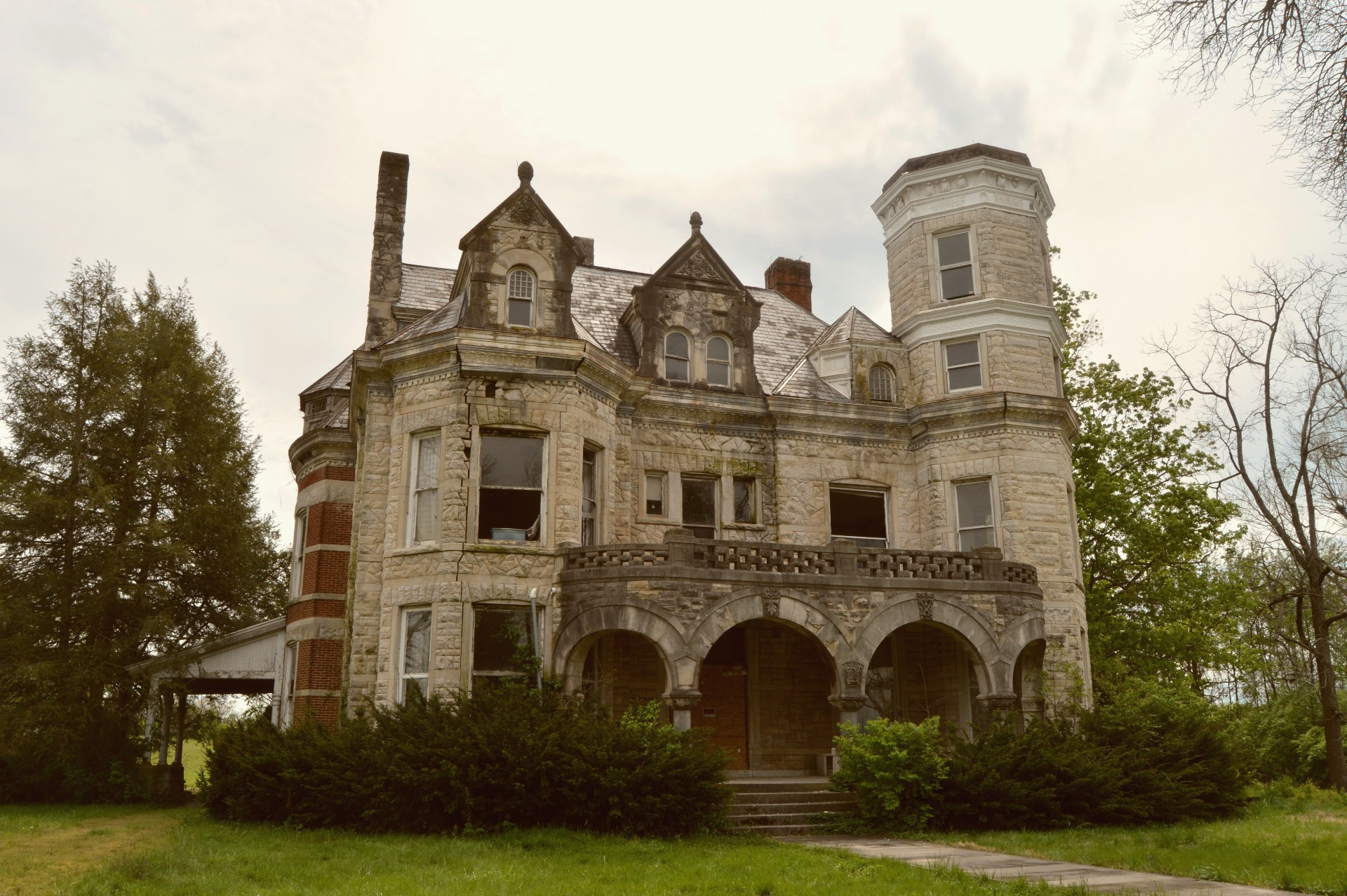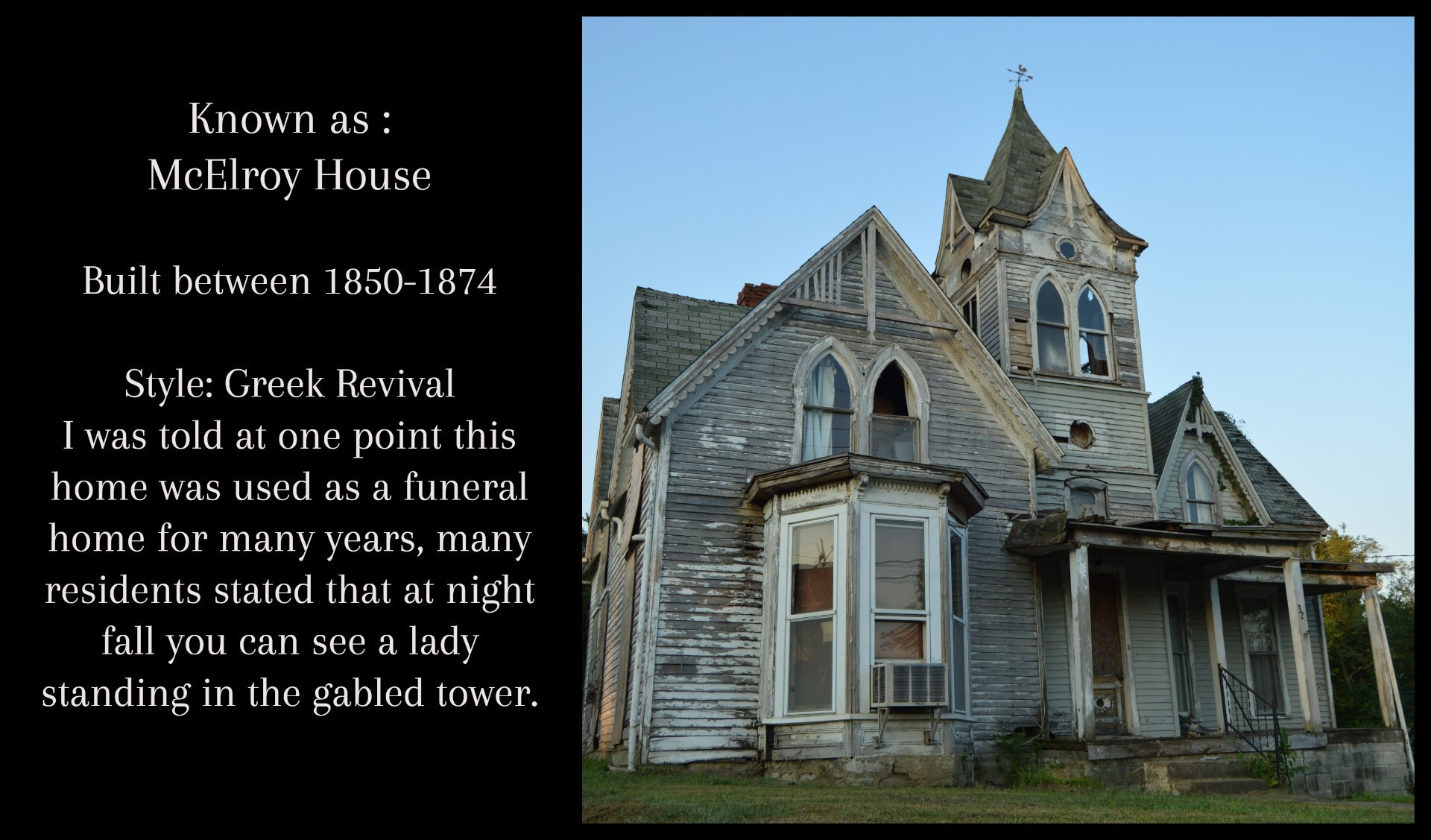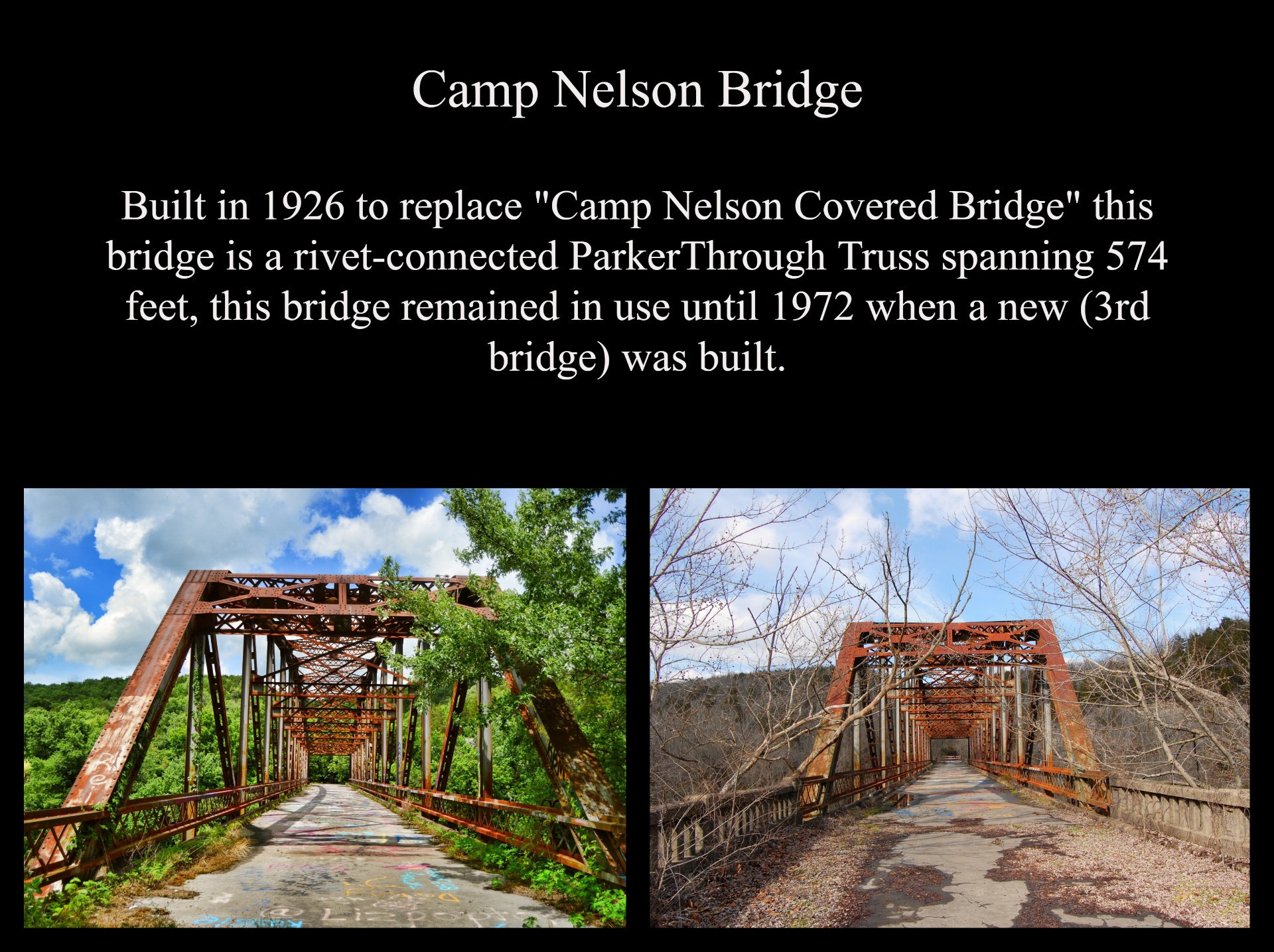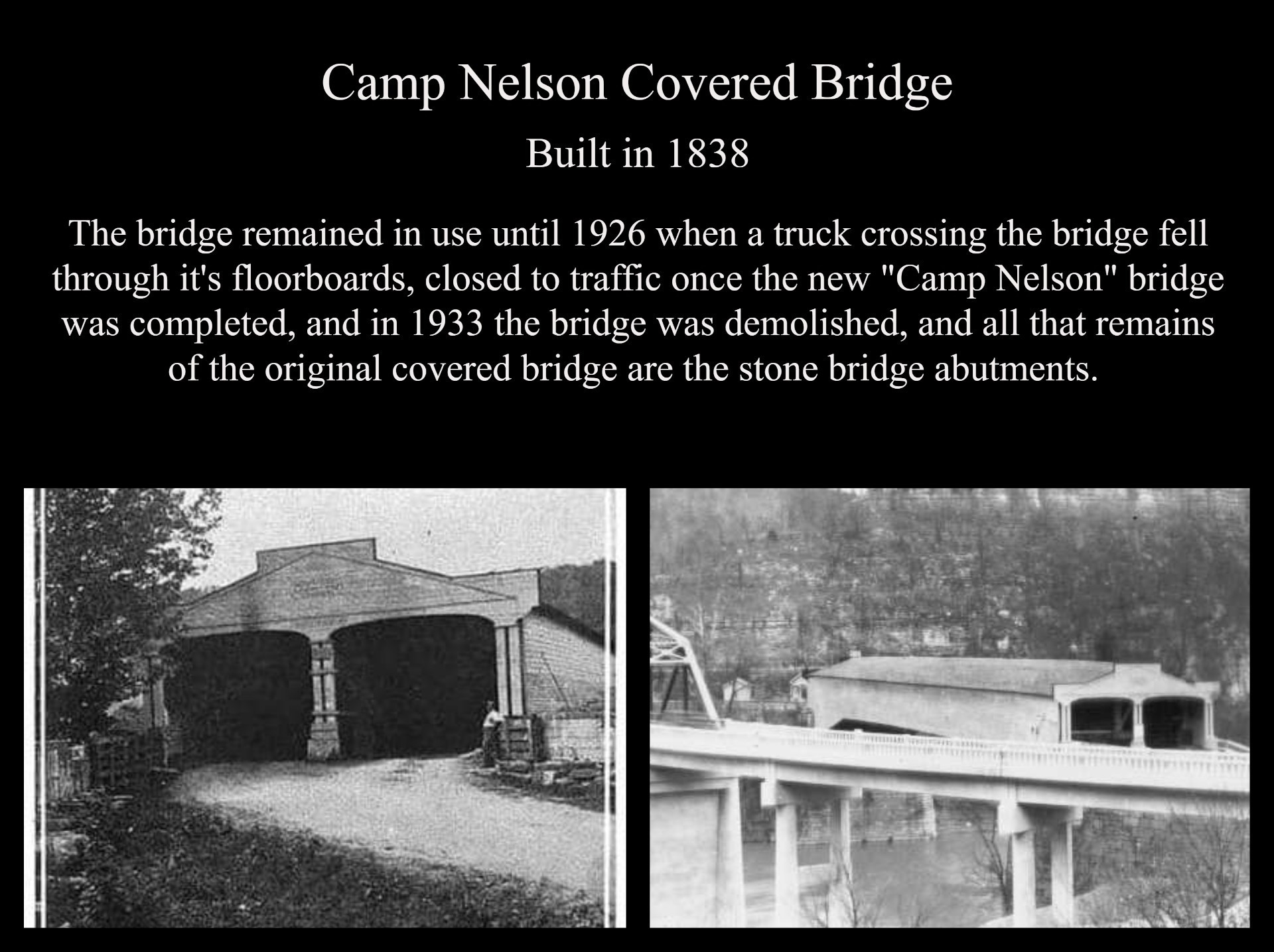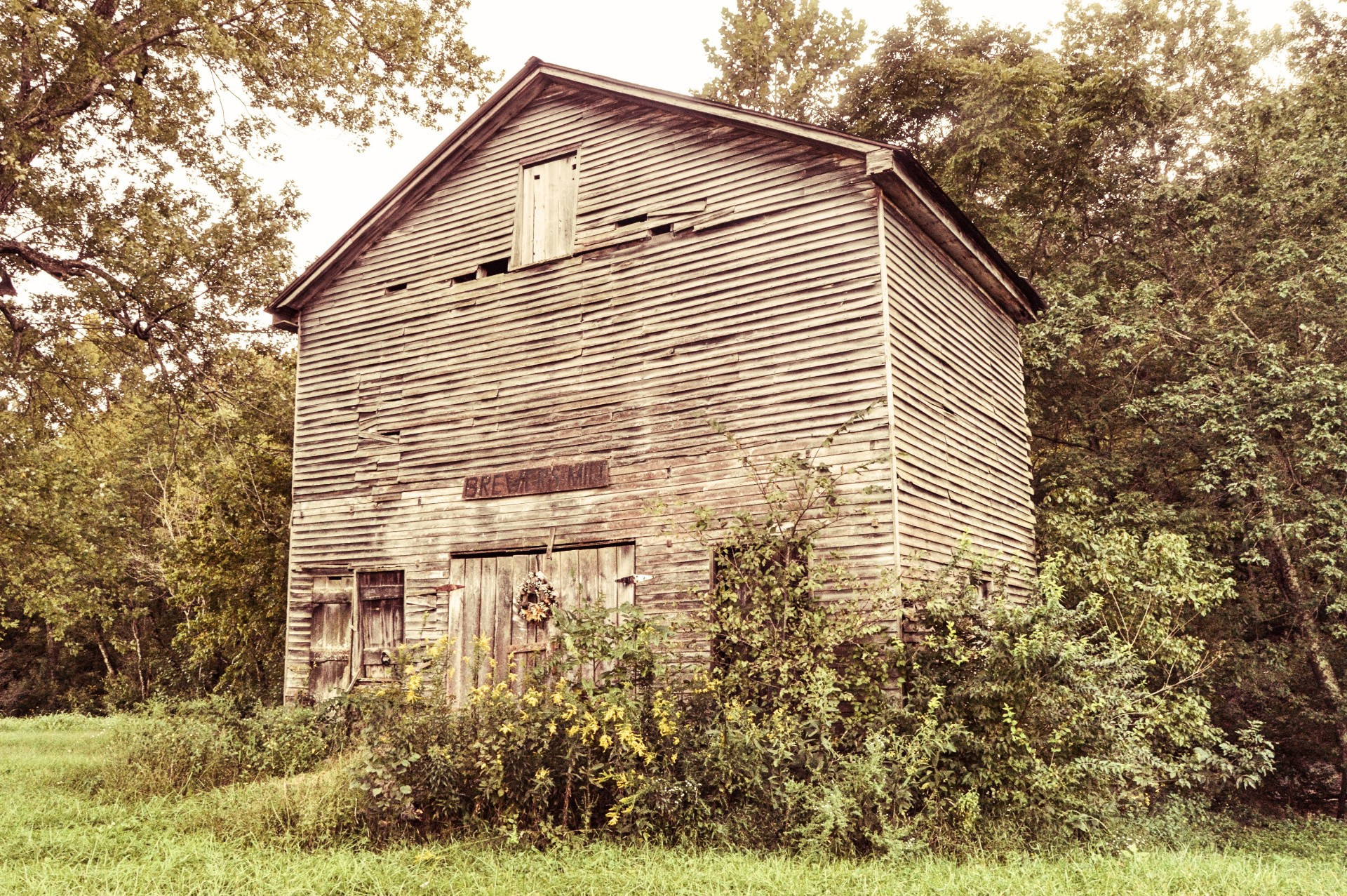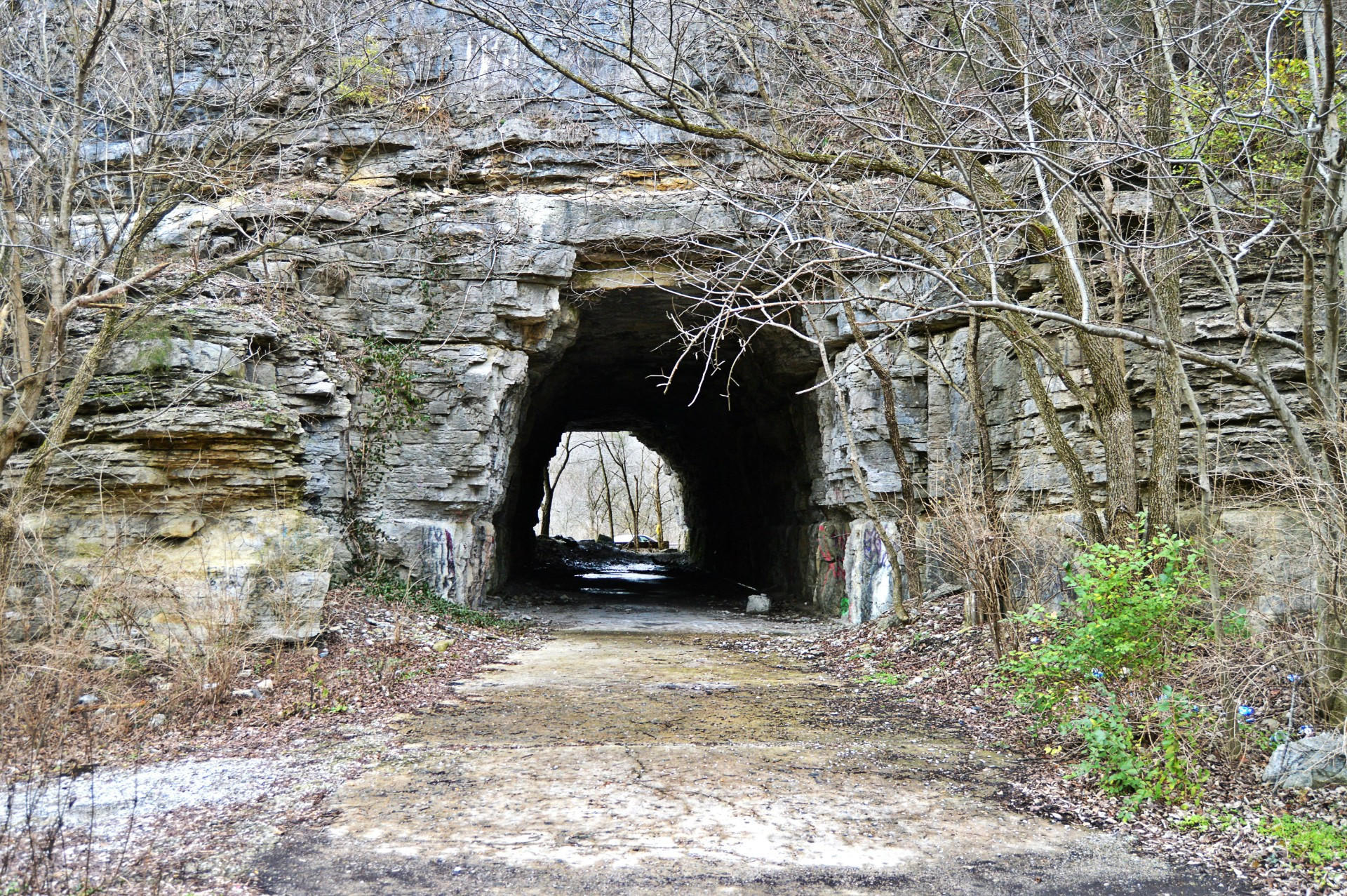____________________________________________________________________________________________
The Moore Family
Lawson Moore
1771 - 1858
Westmoreland Farm
___________________
Born July 31, 1771 in Westmoreland, Virginia.
He married Elizabeth Rochester in 1794. She was the daughter of a very prominent Virginia family. In 1798, the family moved to Kentucky where he purchased 500 acres of land near Danville where he began the life of a farmer. He built Westmoreland in the early 1800’s, the home received its name after the town he was born in, Westmoreland, Virginia.
Lawson Moore and first wife Elizabeth Rochester had a total of 12 children together, but sadly during the birth of their 12th child in 1815, his wife Elizabeth and child Christopher Collins Moore both died during delivery.
January 22, 1817, he married Jane Rochester, the sister of his first wife; they had five children together.
Christopher Collins Moore 1817
James Harrison Moore 1819
Thomas Rochester Moore 1821
Charles Offut Moore 1823
Joseph L. Moore 1825
In 1819 James Harrison Moore, the second child born to Lawson and second wife Jane Rochester Moore was born at the Westmoreland family home.
In 1830 Jane Murry Moore, daughter of Lawson and first wife Elizabeth Rochester Moore married Archibald Yell at the Westmoreland family home.
The home was a busy place, Moore grew his own meal and tilled his own ground, his wife raised and manufactured the greater portion of the clothing for the family.
Having a large family of 8 sons and 6 daughters, he understood the benefits of education and was one of the active workers who helped build Centre College.
In 1852 Christopher Collins Moore, first child born to Lawson Moore and 2nd wife Jane Rochester Moore purchased Westmoreland, shortly after purchasing Westmoreland he built a large Gothic Revival Mansion that was named Blythewood. This home was located on Harrodsburg Road (Danville By-pass hwy 150). This home still remains today.
In 1858 Lawson Moore passed away at the age of 88.
Westmoreland remained in the family until 1910, when it was sold to Robert T. Quisenberry and became a farm tenant house.
Christopher Collins Moore
1817 - 1874
Harrodsburg, Kentucky
_________________________
Born in 1817, he was the first child born to Lawson and Jane Moore. He was educated at Centre College, Danville.He was a successful merchant in Harrodsburg for many years and president of First National Bank of Harrodsburg.
Christopher purchased Westmoreland in 1852, shortly after purchasing Westmoreland, Christopher built another mansion in 1853, the Gothic Revival mansion was named Blythewood.
Christopher Collins Moore lived a very successful life and in 1874 passed away at his home.
The mansion known as Blythewood was passed down to his children and eventually falling into disrepair and sold at master commissioner's sale in 1911.
Dr. James Harrison Moore
1819 - 1905
Harrodsburg, Kentucky
_________________________
James Harrison Moore was born in 1819 at the Westmoreland family farm in Danville to Lawson Moore and his 2nd wife Jane Rochester Moore.
He received an excellent English education and entered Centre College. He began the study of medicine under Drs. Joseph Weisiger and John Fleece of Danville. He enrolled in Transylvania Medical College in Lexington where he graduated with a degree in medicine in 1841.
He moved to Warren County, Mississippi soon after graduating, he practiced his profession for about five years in Mississippi, this is also where he met and married his 1st wife Mrs. Mary S. Foster. They had 2 children.
Bacon Rochester Moore 1845
Daniel Lawson Moore 1847
They soon returned and located in Harrodsburg, where he practiced medicine before joining his brother, Christopher Collins Moore in trade, as Moore & Moore. In 1851 he purchased the Maj. William Hoard farm and settled into the life of a farmer and breeder of thoroughbred Durham cattle and horses. He also owned a large plantation in Mississippi where he was engaged in Cotton raising. He was an exceptionally fine businessman, and he was one of the principal organizers of Mercer National Bank, and for many years its president.
When he resigned his position because of age, the position was passed to his son Col. Daniel Lawson Moore.
In the late hours of September 16, 1905, Dr. James Harrison Moore passed away at his home in Harrodsburg, Kentucky at the age of 85.
Dr. Moore and his wife Mary had extensive landholdings and banking interests in Mercer County and in Mississippi.
After years of neglect, abandonment, vandalism and trespassing the home was demolished in 2020.
Col. Daniel Lawson Moore
1847 - 1916
Harrodsburg, Kentucky
MOORELAND MANSION
__________________________________
Daniel Lawson Moore was born in 1847. He was the son of Dr. James Harrison Moore
and Mary (Messenger) Moore. He received his education under a private tutor, and finally entered Centre College where he continued for 3 years. He then began the study of law, and in time he was licensed to practice at the bar. He never practiced his profession, he preferred the more profitable fields of agriculture and stock raising.
He married Henrietta Mcbrayer November 15, 1870, they had a total of 3 children together before his 1st wife Henrietta passed away in 1882. Daniel Moore suffered such deep feelings of sorrow, he left his 3 children with their grandparents as he traveled West where he found fortunate investments. He established a large ranch in Colorado, where he entered into the business of raising cattle and horses. He was recognized as one of the leading stock-raisers of Colorado. In 1873 he founded the D.L. Moore Distillery, near Burgin, which he operated until 1899. He was president of Mercer National Bank, he also owned a sawmill in Mississippi, castle ranch in Colorado, and several cotton plantations in Mississippi.
Daniel Lawson Moore married Minnie Ball in 1891 and began building “Mooreland Mansion” for her. The 11,500 sq ft home took 5 years to complete, and with a total cost of $50,000 ($1.4 million in today's money). The Romanesque Revival Mansion had 4 bedrooms and 3 bathrooms and with a total of 11,500 sq ft, the home was the largest in the county at that time.
Daniel Lawson Moore passed away at his home in 1916 and was buried in Spring Hill Cemetery.
Minnie Moore remained at Mooreland Mansion and took over the businesses in Colorado and Mississippi until her death in 1937.
Mooreland Mansion had been sold many times throughout the years and eventually became neglected and abandoned for almost 15 years and was in severely bad shape, after numerous auction sales, the home seemed to be doomed. Then in 2020 the home was once again scheduled to be auctioned, the home was sold to a retired couple who saw what the home was and could be again and purchased it to restore to its original condition. They plan to do all the work themselves and take the time to enjoy the process every step of the way. They said the process will take time, but we are in no rush. The work began almost immediately and continues to this day.
______________________________________________________________________________________.
____________________________________________________________________________________________________________________________________
Barney Brewer
1808 - 1895
(Brewer’s Mill)
_________________________________________
Born in Mercer County, Kentucky January 27, 1808 to Garret and Mary Brewer.
In 1833 he owned 60 acres of land in Greenwood, Indiana after receiving a land grant from the government after being listed in the Black Hawk War in 1832. He sold the 60 acres to Cynthia Cunningham Brewer, the widow of his brother who died in 1849.
He married Margaret Tewmey September 22, 1836. They had a total of 11 children.
Brewer and brother-in-law William Tewmey bought the grist mill from Ludwell and Mary Cornish in 1839.
In 1853 Brewer purchased his brother-in-laws interest in the mill and in 1869 he installed steam-operated equipment at a cost of $3,000.
Brewer was known as “A splendid Miller”. He provided area farmers with good flour, meal and feed. The public stood by him year after year.
His wife, Margaret Brewer became ill and suffered with a throat ailment for some time before passing away in 1886. Her son, John Wesley and his wife moved in with Barney Brewer at the home across from the grist mill.
In 1888 Barney Brewer lost his land and mill, he was forced to sell them due to a bank note he cosigned for someone who didn't pay the note. He could have tried to get out of it by signing his land over to someone else as the other cosigners had done, but Brewer was too honest, he honored his obligation and paid the bank note. Brewer, his son, John Wesley Brewer and his wife Emma Brewer all moved to Harrodsburg.
Barney Brewer had become ill while living with his son and daughter-in-law, struggling with the illness for a year or more, he seemed to be recovering, then a few hours after eating dinner with his son and daughter-in-law, he suffered a massive stroke and passed away at the home of John Wesley Brewer in 1895.
How sad this must have been to sell everything he had worked for all his life.
Boone Tunnel
1920 - 1954
Harrodsburg, Kentucky
______________________________
Built in 1920 when the “Highway” was redesigned, the tunnel funneled traffic directly onto the Brooklyn Bridge.
In 1953 a 150-foot span of the bridge collapsed to the river below. The following year in 1954 a new bridge was built downriver bypassing the former Brooklyn Bridge and Boone Tunnel.
Today Boone Tunnel sits abandoned.
The tunnel is 150 feet long, 20 feet wide, and about 25 feet high.
This Italianate style home was built around 1850 and belonged to a very prominent family.
Abandoned Mansion Stanford, Kentucky
Demolished in 2024
I was told this piano was part of the Isaac Shelby (Kentucky's first Govenor) estate.
______________________
Artwork was done by famous sketch artist and was worth an estimated $8,000 - $10,000 before vandals decided to destroy it.
While photographing and researching the property I was told the "Tower" had windows on all four sides and stood taller than the rest of the house and was used for the owner to stand and be able to see all sides of his property, he could see all his workers and was also able to see any danger approaching his home.
Dr. Thomas Montgomery
1817 - 1883
“The Cedars”
_____________________________________
Thomas Montgomery was born in 1817, he was the only son of Thomas and Salli Montgomery.
He was an early graduate of Centre College and afterwards the medical department of Transylvania University in Lexington. He returned home and practiced his profession, for a number of years he had given up the practice and devoted his time to farming. In 1873 he was elected to the legislature, and served one term.
He was married 3 times, 1st was Evaline Whitley Montgomery, 2nd was Ann W. Whitley Montgomery, both were daughters of the late Andrew Whitley, nieces of Benjamin Logan, founder of Stanford, 3rd wife was Lavinia Chenault. He had a total of 4 children, 1 by 2nd marriage and 3 by last marriage.
He left a fortune estimated at $50,000 - $75,000 ($2,016,985.29) in today's money, upon his death in 1883.
He is buried in the Buffalo Springs Cemetery
Grove House
Lebanon, Kentucky
Also known as The Old Grove Place______________________________________
Built in the early 1800’s by James H. Kirk, a sheriff in the community in the 1870’s.
Kirk, his wife and 3 children did not live in the house very long. In 1863 the home and 166 acres were sold at Master Commissioner's sale and purchased by Joseph G. Campbell. The Campbells lived in the home for about 12 years before the home was again sold at Master Commissioner's sale in 1876 and purchased by John J. Grove. In 1886 Grove deeded the home to his wife who later passed away in 1891. The property was later purchased by Dr. Mattingly as an investment property and eventually sold to Thomas Carrico and his wife who lived there for 15 years before selling it in 1910 to Cleaver Crawford.
In 1918 Crawford sold the home to Leo Isaacs, who resold the home to J.L. Howell in 1919 and was given possession in 1920. He deeded the house to his daughter (Howell/Buckner) who remained in the home for 35 years. Mrs. Buckner passed away in 1942 and left the house to her son, Howell Buckner and daughter Mae Buckner, later the son bought the sisters share of the house and moved into the house. The outside appearance of the house changed very little through the years, but the inside had numerous improvements. Mr. and Mrs. Buckner enlarged and modernized the kitchen area, building a brick extension at the rear and enclosing a porch. The younger Buckner’s health declined in the early 1950’s and in the Fall of 1954 they sold the farm to Mr. and Mrs. Virgil M. Gray and bought a smaller home, Mr. Buckner passed away only a few weeks after moving into a smaller home.
The Grays occupied the home for 3 years before selling it to the Brownings on December 31, 1957.
________________________________________
House was deemed a Kentucky Landmark Home by Governor Wendall Ford.
Home was demolished in 2021/2022
Abandoned Kentucky Mansion Lebanon, Kentucky
Garrard County Mill
1901 - 2019
____________________________
In 1901 J.S. Minor and son built the mill. In 1909, W.F. Champ bought the mill from Minor. Champ owned and ran the mill until November 1944 when L.H. Moore purchased the mill and business. L.H. Moore was mayor of Lancaster, Moore passed away while in office in 1958, leaving the mill to his wife, Anita Moore. Mrs. Moore owned the mill until 1989.
William Kirby Teater bought the mill at auction for $52,500 and he operated the mill for personal use.
Twenty-five years later, James Bushnell bought the property from the Teater’s. Bushnell saw its potential as a community venue site and began renovations immediately.
The mill and it’s grounds served as an excellent venue for weddings, concerts, photo shoots and much more. Things slowed down and eventually ended leaving the mill to the elements and with time and neglect the old mill was in severe disrepair.
_______________________________
* I revisited the old mill site in October 2021 and learned that the contents inside are being sold and the old Garrard County Mill is scheduled to be torn down. The years of neglect, abandonment and exposure to the elements has caused the structure to become a hazard.
Chinn decided to build his “Cave House” after visiting “Bat Cave” in North Carolina. After his Military career Chinn returned to Mercer County. He began work on Chinn Cave House, Chinn who had experience with explosives blew out a tunnel several hundred feet into the cliff. The tunnel went from hwy 68 to the back of the cave, veering off to the left was another tunnel that was about 100 feet, which customers were forbidden to enter, this tunnel had a secret entrance on the backside of the mountain. In the center was a walkway, customers could go to the end of the tunnel. There was a 12 - 14 foot wood-burning grill where they made thich country ham sandwiches and “foot-long” hot dogs for sale at .15 cents each. There was a bar, Chinn built the bar so high that a child or teenager could not reach the top. There were no chairs inside, if someone wanted to sit while enjoying their country ham sandwich or hot dog, there were a few chairs just outside the front entrance, which were only about 10 foot from hwy 68. There were 4 gasoline pumps installed, with gas being only .24 cents a gallon and with the Cave House being the only stop for gas between Harrodsburg and Lexington, cars were coming to a screeching halt to buy gas, others were gawking at the unusual place. Chinn’s Cave House created quite a nuisance for the Kentucky State Police.
After less than 10 years in operation, Chinn closed his Cave House to the public.
________________________________________
All that remains now is overgrown weeds, broken rocks and remnants of what used to be.
Chinn's Cave
House
Waveland
Also known as
Erskine ManorDanville, Kentucky__________________________________
Willis Marshall Green was born in Virginia in 1755, he was the son of Duff and Sarah Green.
Willis Green was a lieutenant in Grayson’s Regiment, Continental Line during the Revolutionary War. He resigned in 1778 and came to Kentucky with a surveying party. He purchased several thousand acres from Samuel Givins of Lincoln County. He began building his Georgian-style home between 1797 and 1800, he named his home “Waveland”. December 23, 1783 Willis Green married Sarah Reed, daughter of John Reed, one of the first settlers of Danville, their marriage was said to be the first Christian marriage on Kentucky soil.
Willis Green began building their 1800 sq ft Georgian-style home between 1797 and 1800 and named the home “Waveland”, the family located in a small home on the property until Waveland was completed. The interior was crafted by skilled workers from Philadelphia, brought here by James Birney, brother-in-law of Willis Green. The home took 3 years to complete and was named Waveland for the undulating terrain surrounding it. They had a total of 12 children, each born at home.
Willis Green was a U.S. Representative, clerk of Lincoln County for almost 30 years, served two terms as judicial clerk for the Supreme Court of Kentucky district and once for Danville District Court, he served as trustee of Transylvania Academy, first located in Danville.
Willis Green died in 1813, leaving the Waveland estate to his wife Sarah, who passed away in 1816. Lewis Warner Green was the eighth child born to Willis and Sarah Green. Lewis was educated at Transylvania University and was in the first graduating class in 1824 at Centre College. He studied law under his brother John, he considered being a physician for a short period of time before going into ministry. He returned to Danville to become a professor at Centre College, and later vice president of Centre College and in 1858, he became the fifth president of Centre College. When his parents died Lewis was a small child and was raised by his brother Judge John Green who purchased The Waveland estate after the death of their parents. John Green studied law under John Clay and was aide-de-camp to Kentucky’s first governor, Isaac Shelby. Judge Green served multiple terms in both houses of the General Assembly and was elected Circuit Judge. He helped establish both Centre College and Kentucky School for the Deaf. When Henry Clay would visit area’s south of the Kentucky River, he would stay at Waveland.
Judge John Green died in 1838, but Waveland would remain in the family. Martha Green, the youngest daughter of Willis and Sarah Green, married Dr. William Craig. Dr. Craig purchased his wife's family estate upon the passing of her brother, Judge John Green. Dr. Craig was a successful physician, also active in the community serving in the state legislature and president of Branch Bank of Kentucky at Danville. He was one of the first trustees on the board of Centre College. Dr. Craig passed away in 1854, his son, John James Craig became the owner of Waveland. He lived at Waveland almost his entire life. John James Craig married Anna Goodloe on December 18, 1855 in Madison County. He was widowed in 1908 and John James Craig passed away in 1914. The couple is buried at Bellevue Cemetery in Danville.
In 1924, Waveland was sold outside the Green-Craig family to Mr. J.D. Erskine. This was the first time Waveland was owned outside the family in 130 years. Waveland passed through Erskine and Benedict families with little change.
In 1975, Martin and Dorotha Thompson purchased Waveland and remained there for the next 25-30 years, after the death of Martin Thompson, his wife moved out of Waveland.
The home became neglected and abandoned for reasons unknown and along with neglect and abandonment comes vandalism and destruction.
Waveland was sold many times with the plans of restoring and a new life as a bed and breakfast or a personal residence, but with years of neglect, abandonment and vandalized destruction the repairs were financially impossible.
Waveland was home to some of the most influential leaders in the history of Centre College, City of Danville and the Commonwealth. It is a treasure in Kentucky’s history.
Waveland was placed on The National Register of Historic Places in May 1976.
The Prayer House
_____________
George McCowan was a retired carpenter and security guard. He began building The Prayer House in the early 1980’s. He was inspired after taking a trip to South Carolina where he visited a similar building. He absorbed most of the building costs except for about $3,000, rock was hauled from Cedar Creek, Crab Orchard, Monticello and Rockcastle County, with a total of 300 tons of rock and 60-70 tons of sand. McCowan suffered from Glaucoma and an inoperable heart condition and was taken away by rescue squad twice after his heart gave out while working on the Prayer House, each time he would return and pick up where he left off.
His daily prayer was to get his beloved Prayer House finished.
During the building process many people of various religious faiths who heard of him building his non-denominational prayer house would stop to kneel in prayer inside the unfinished sanctuary. McCowan would often say “The lord works in mysterious ways, but he doesn’t make mistakes.”
The Prayer House now sits neglected and abandoned, suffering from numerous floodings and vandalism and losing its battle with the elements.
Every inch of The Prayer House was built by the hands of George McCowan.
The future of The Prayer House is unknown.
Walker House
J. Stone Walker
1842 - 1913
______________________________
President of a bank in Richmond, KY, a financier, investor of railroads, coal mines and real-estate.
His wealth made the founding of EKU campus possible.
J. Stone Walker had his Italianate-Style home built in the late 19th century. The home was labeled as one of Richmond's best examples of Italianate-Style architecture.
J. Stone Walker died in 1913, the Walker family sold the home to the Thomas Collins family. At some point during the 20th century the home was converted to apartments.
The Walker House now belongs to Eastern Kentucky University and has fallen into severe disrepair and its future is unknown.
The Walker House was listed on the National Register of Historic Places, but this doesn’t prevent its demolition.
Old Burnside Kentucky
______________________________________
Burnside was settled around 1800 by pioneers from Carolinas and Virginia and was first named Point Isabel, allegedly for a woman who jumped off a nearby cliff after breaking off a relationship. The area later became known as Camp Burnside. In 1890, the town was renamed Burnside for a Civil War General named Ambrose Burnside.
Old Burnside was a bustling community, it was a center for shipping, and its lumber mills sent their productions all over the world. In the late 1880s Burnside had three modes of transportation-railroad, highway and steamboat. The first freight train went through Burnside in February 1880. The first passenger train stopped in Burnside in March of that same year.
The old U.S. 27 tunnel for highway traffic was built in 1927-1928 for realignment of U.S. 27. The tunnel led to a bridge across the Cumberland River and eliminated the use of a ferry to cross the river. The old Burnside Tunnel was abandoned in 1950 with construction of Wolf Creek Dam and creation of Lake Cumberland. Wolf Creek Dam was constructed for flood control and hydroelectricity. The project was approved in 1936 and construction began in August 1941 construction was delayed for 3 years due to World War II, after a short delay the project resumed and completed for beneficial use in 1950, standing 258 feet tall, 5,736 feet long and a total cost of $80.4 million. In December 1950, the new Wolf Creek Dam closed its gates, the water that rose behind Wolf Creek Dam is called Lake Cumberland. The process of filling Lake Cumberland was expected to take 2 years to fill up the 101-mile-long lake, but due to record flooding it only took 1 year.
The new lake Cumberland caused many buildings and some towns to become submerged by water, structures that would be submerged by rising water of the new Lake Cumberland were either demolished or moved. The town of Burnside was forced to move to its current location (now known as New Burnside) and it lost population. Many of the residents just didn't want to move and some residents didn’t get enough for their homes to rebuild and were forced to find housing somewhere else. There were a total of 1,649 structures that were submerged by the water. The town of Burnside (Old Burnside) was in the area of what is now Burnside Marina, the population was about 1500 residents and was home to the prominent Seven Gables Hotel, Steamboat Rowena (Massey Transportation Company) formed by Alexander Massey, Standard Oil, Texaco Bulk Plants, two large lumber companies, an enormous tie yard, Burnside Veneer Company, two wholesale grocery companies, 17 cemeteries, Gulf service station owned by R.L. Brooks, 7 schools, bank and Burnside Academy-the first Wesleyan Preparatory School in the state, these businesses were forced out by the new Lake Cumberland. The Seven Gables Hotel relocated to New Burnside and is still open today.
Lake Cumberland is visited by over 4 million people every year, it’s one of the largest and most visited lakes in the eastern United States. You have to wonder if they know what lies beneath?
Today this small town with a big history seems to be a popular location for retirees, maybe it's the suburban rural mix feel or maybe it's the coziness of a small town.
_______________________________________________________
Seven Gables Hotel
_______________________________________________________
Seven Gables Hotel was a prominent hotel due to the fact that Burnside, at the time, had a steamboat landing close to the Southern Railroad. The hotel was located in what is now Old Burnside and completely under water by Lake Cumberland.
Seven Gables Hotel relocated to New Burnside with the creation of the lake and is still open today.
______________________________________________________
Steamboat Rowena
______________________________________________________
The steamboat Rowena first appeared on the Cumberland River around 1912. Alexander Massey was the first man to successfully develop a system for transporting cargo down the Cumberland River. Alexander Massey formed Massey Transportation Company.
The steamboat Rowena sank on June 20, 1934.
Sunnyside Pool
(Sunnyside Pool at Pioneer Playhouse)
Danville, Kentucky
Built by E.B. Henson
________________________________________________________
E.B. Henson told his son, Ebon Henson, who was only 13 years old at the time that the city needed a swimming pool, so he built it
They used dynamite to blast the hole for the pool, and also for the rock for the concrete. They had to make concrete the old fashioned, slow and back-breaking way. The pool was built before steel was used as reinforcement, so as the concrete was being poured into the form, chunks of rock were dropped in to reinforce the sides. The pool held water for more than 50 years and never developed a crack. This was amazing considering Sunnyside Pool was only a short distance from Caldwell Stone and the ground shook every time they blasted rock.
After more than 50 years of bellyflops and cannon balls, the increasing water costs and liability insurance, Sunnyside Pool became too expensive to operate and closed its doors forever in the early 1990’s. In May 1996, Sunnyside Pool was bulldozed and filled with dirt and grass was planted, the plan was to fill in the pool with dirt and flowers and create an attractive area for a small crafts mall that would be built around the area.

